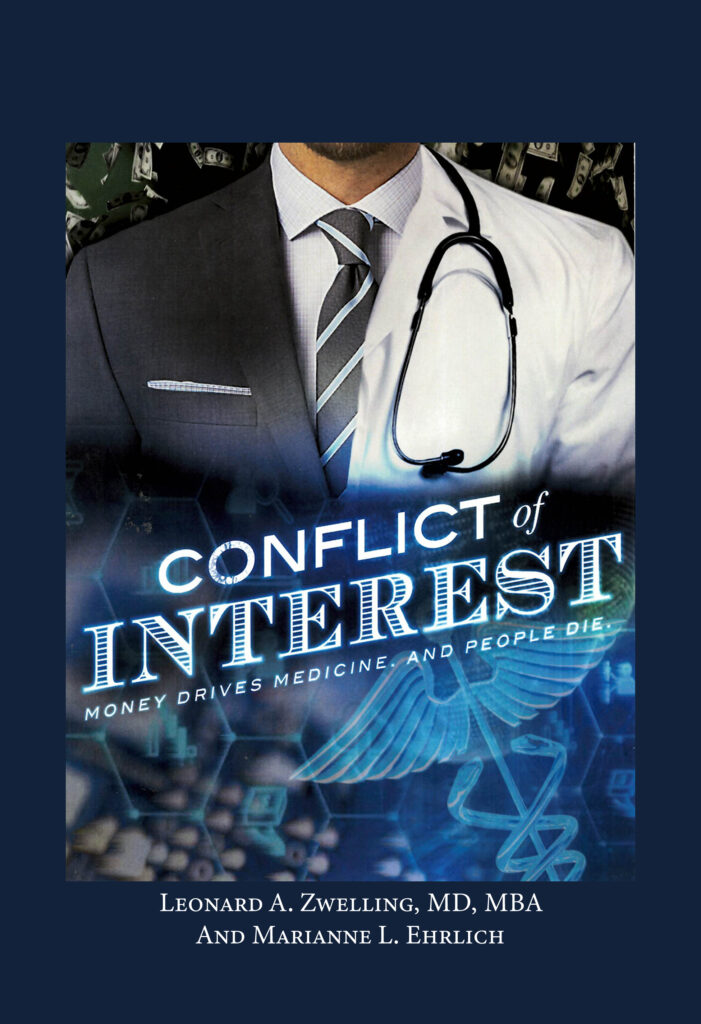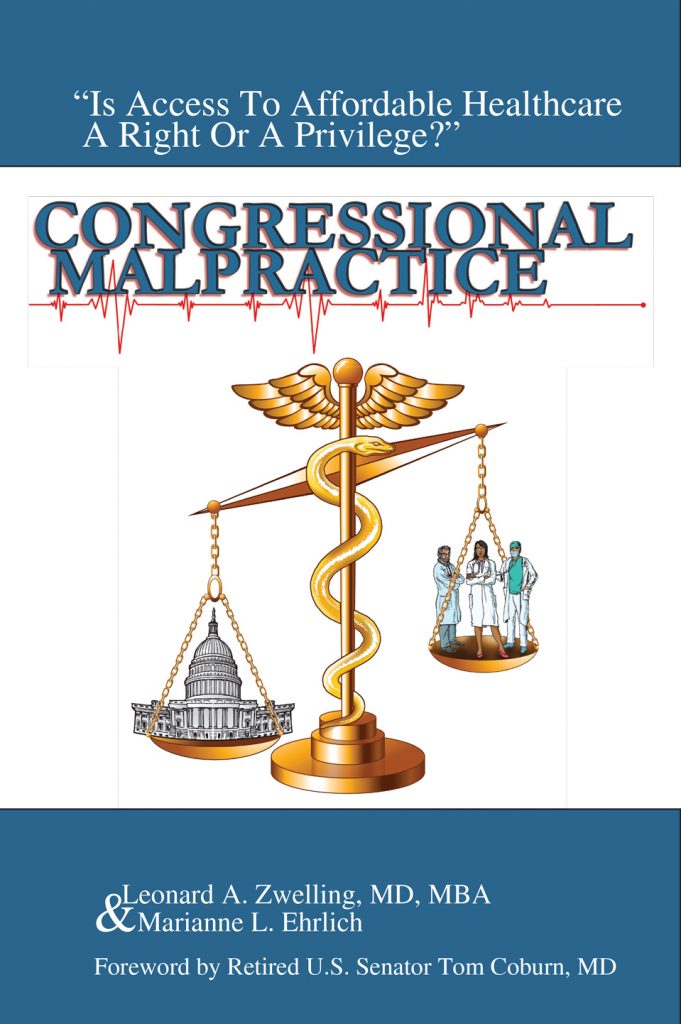Finding Masada Empty and
Yad Vashem Full
By
Leonard Zwelling
When the Romans finally breached the outer walls of the high
desert mesa and former palace of King Herod called Masada in 73 AD, they found that
all but a few women and children of the almost 1000 Jewish rebels who had lived
atop the mountain had killed each other or committed suicide rather than become
Roman slaves. In other words, when the Romans finally walked where we walked
today, September 4, 2014, they found what we found, very few living people. The
reasons were quite different for us, however.
Tourism has taken such a hit here in Israel since the 50-day
war in Gaza, that this mountaintop collection of palaces and ritual baths that we
had visited twice before amid huge crowds and packed cable cars to the top, was
nearly empty. This is absolutely unacceptable.
Masada is a symbol of the post WWI Zionist movement that
culminated in the founding of the modern state of Israel. Tourists come from
all over the world to have their children’s bar or bat mitzvah on Masada at
sunrise. Masada is a symbol of Jewish sacrifice of its most precious gift,
life, rather than to fall into slavery and paganism. Masada has become a monument
of Jewish defiance and courage that denied Rome a final victory in 73 AD and
rallied young Jews to Zionism. It just isn’t right that it should be this
barren simply because the American (and other western) media have
misrepresented what was truly happening in Israel and the American government
did not adequately support the Israelis by calling what was self-defense of the
Israeli people excessive. I wonder how President Obama would react if Mexico
launched 4000 rockets into San Antonio and dug tunnels to attack Brownsville
from the Mexican side of the border?
Another stop we made on our northern trek towards Jerusalem
was one that too few Americans make. Qumran is the site where the Essenes lived
as an all-male community of about 300 at the time of the Second Temple, the
Jewish Revolt and the coming of Jesus. This is a relic of antiquity now frequented
more by Christians than by Jews for the Essenes were among the earliest sects
to which Jesus may have belonged. The site at Qumran was probably visited by
John the Baptist at one time and he borrowed many of their ideas including,
perhaps, baptism itself. Baptism eventually supplanted Jewish circumcision as
the ritual sign of man’s covenant with God and its origin as a Christian religious
custom may have started here. There are many ritual baths that were found
supporting this idea.
Qumran is also the site of the 1947 discovery of the Dead Sea
Scrolls, the oldest known copies of the Hebrew Bible.(We would actually see some
of these parchment scroll pieces at the Israel Museum, The Shrine of the Book
the following day in Jerusalem). This bone dry small tract of sand and rock may
hold the key to how Judaism became Christianity for Jesus was a Jew and
Christianity had to be built upon a Jewish foundation as was made clear in Reza
Aslan’s terrific book Zealot. The thesis of the book is that Christianity had
two major branches. There was Christianity for the Jews based in Jerusalem
under the guidance of Jesus’ brother James and Christianity for pagans (as our
guide Gil put it) led by Paul centered in Rome. When Jerusalem fell to Rome and
the Second Temple was destroyed followed by the ultimate defeat of the Jewish
Rebellion on Masada, Paul’s Roman branch was all that was left and thus the
Pauline letters gain their prominent place in the New Testament to be the
guiding force in Christianity from then on. But the Essenes at Qumran, part of
the Jewish upper, middle class, probably contributed greatly to the birth of Christianity,
the faith now practiced by over 2 billion people.
Now the climb up 4000 feet from the lowest place on Earth to
2600 feet above sea level—Jerusalem. The climb takes only 20 minutes by car.
Near the Hebrew University on Mt. Scopus the city of
Jerusalem is laid out before us like a real-life needle point on the wall of a
rabbi’s study. My family says a prayer thanking God for allowing us to get here
and between my heart surgery, Genie’s brain surgery and the War in Gaza, this
day may well have been a true miracle in ever having taken place.
Yad Vashem is the Holocaust Museum in Jerusalem, but it is
far more than a museum. It is the registry, the brain and the hard drive that
forever will serve the Jewish people to never forget the 6 million of our
fellow souls who perished at the hands of the Nazi killing machine.
We had visited twice before, but a whole new exhibit opened
in 2004 and this museum is beyond description. I will try anyway. It is housed
in a huge, triangular shaped hall that seems to lead ever downward in a
straight line. There is a light at the end of this tunnel that represents the
salvation of the Jewish diaspora that in 1933 was about to suffer as few others
have ever suffered. The light seems close. It is not.
For
instead of leading visitors staright to the light, the museum zig-zags back and
forth going ever deeper into the ground as the entire history of Hitler’s rise
to power and the attempted extermination of the Jewish people is described in
words, pictures and artifacts. Only when the visitor gets to 1948 and the
founding of the State of Israel does the path start to ascend into the light at
the end of the tunnel.
This is a depressing, sobering and heart tugging experience,
as it should be. There was one saving grace. Unlike the barely populated
Masada, Yad Vashem was full of young Israeli high schoolers learning about a
series of events they could barely imagine happening to them, yet, because it
always can, we and they cannot dare forget. Their survival and mine may depend
upon Yad Vashem.
On the way back from this solemn day of remembrance of our
people’s past as immortalized in the ancient Dead Sea Scrolls and the more
recent blackness of the Holocaust and finally emerging into the light of the
State of Israel, we make one last stop—the Mehane Yehuda market called the
shouk. This is part open air, part roofed collection of hundreds of food stalls
selling produce, tea, spices, chicken, fish, halvah and rugalach the likes of
which cannot be equaled anywhere on Earth. First we stop for falafel and pita
sandwiches soaked with tahini and Israeli salad followed by hot ruggies right
out of the baker’s oven. Can there be any doubt that this is the city closest
to heaven?
Finally, as Sabbath approaches on Friday evening, we walk into
the Old City on the original cobblestones thousands of years old to the Western
Wall or Kotel, the holiest site in all of Judaism to which Jews can get. (If we
could get to the Muslim-controlled Dome of the Rock high above the Wall, we
would be able to touch the rock which is the top of Mt. Moriah where Isaac was
spared his father Abraham’s knife by an angel at the last minute thus sealing
the covenant between God and the Jewish people.) It is atop Mt. Moriah that the
Holy of Holys containing the Ark of the Covenant sat in the First Temple.
Unfortunately, we cannot get there any more for political reasons, but once, 16
years ago, I did and the rock is indeed really there.
As Shabbat approaches the Orthodox Jews of every stripe,
hat, robe, sock style and black shoe type stream into the area in front of the
Kotel to welcome the Sabbath with prayer. All of a sudden a group enters the
square above the Wall singing and clapping. It is Israeli soldiers and police
with their automatic weapons around their necks clapping double-timing their
way in front of the Wall and drowning out the singsong meditations of the ever-gathering
Orthodox Jews. The soldiers sing and clap louder and start to dance and get the
crowd above them in the plaza to sing along. Across the divide that separates
men on the left and women on the right, the ladies too start to sing and dance.
As it grows darker, the worshippers keep going but we need
to walk back for dinner. The sacrifice on Masada, the asceticism of the Essenes,
the chanting of the Orthodox, the singing of the soldiers, the delicious handiwork
of the bakers, the unequaled crunch of the falafel seller and the native of
Jerusalem who sold me more halvah (sesame seed pressed candy) then I could ever
eat by using his knife to alter the size of the piece with a diagonal downward cut
make this the most amazing of places in my experience. I dearly love this
place, Jerusalem.
No wonder everyone is willing to fight over it. It is the
seat of three religions. It is the site of many, many bloody battles as recently
as 1967. (A bullet-pocked wall is not an unusual sight.) It is a chicken bone
of contention stuck in the throat of the entire world as it has been for thousands
of years. It is everything to Jews, to Christians and to Muslims. Could it ever
become an international city for all to enjoy?
Since 1967, thanks to the Israeli government asserting
control over the Old City, it has been the open city it should be. For me, it
is the greatest place on Earth.
Shabbat Shalom! Peace, here and everywhere else.




